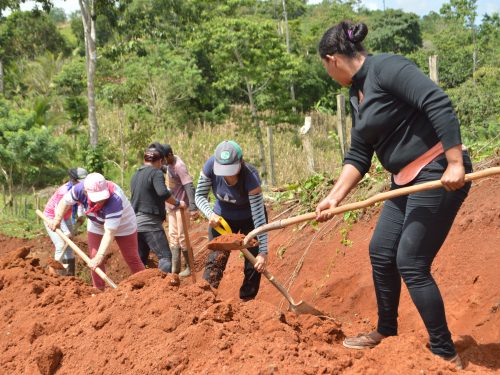
I recently attended a symposium in Los Cabos, Mexico sponsored by the Center for Responsible Travel, a program at the Graduate School of Business, Stanford University.
For Costa Rica, Guanacaste and Nosara there is amble evidence that the business model for new large, inclusive resorts (such as developments at Papagayo, north of Nosara) no longer work for capital markets and are no longer competitive against alternatives in their internal rate of return (IRR).
New highly leveraged debt-financed projects essentially ended in 2008 and many Mexican and Costa Rican occupancies that reached 80% in 2007 are now averaging 60% or less.
New investment for coastal hotels, golf courses, marinas, spas and other amenities now tend to be focused on cash flow and modest long-term multipliers from strategic investors who do not expect a high IRR and are motivated, in part, by non-financial objectives.
According to resort real estate investment specialist, Eric Bergstrom, “Slow Life” investors active in the hospitality sector are becoming more interested in innovation, high sustainability criteria and ascendant bottom-up planning.
While the boutique hotels segment is likely to grow, rental condominiums, single family houses and small compound construction are currently the leading trend in Latin American coastal development.
The conference focus was innovation in the creation of new best practices in hotel and residential construction and operations, dynamic public-private partnerships, stakeholder engagement, livable wages in support of local poverty alleviation and environmental stewardship.
The symposium began with a riveting colloquy on innovation led by William (“Bill”) Barnett of Stanford University. His key finding: “Foolishness is the price we pay for genius,” with the observation: “How to fail fast and cheap is at the core of innovation” .
Bill suggested that the Nosara initiative for a new municipal governance (currently named “Costa de Sol Canton) had all the essential elements of high variant thinking for a Stanford Innovation Systems case study, whether it succeeds or fails. As he said, “the crucial element for success requires broad cross-sector coordination among stakeholders having a high tolerance for risk-taking.”
For tourism development, the important take-away was to encourage innovative behaviors with demand-side experience and reputation and supply-side management of fixed costs.







Comments